(ECNS) -- With Gen Zs emerging as the vanguards for consumption, “immersive tourism” has become a new trend in the travel industry. Hanfu, the traditional dress of the Han ethnic group, has gained popularity as one of the most immersive ways to explore culture, leading to the rise of Hanfu makeup artists and creating new opportunities in this evolving market.
Zhang Yihan, a 1990s-born native of Beijing, shared her joy of trying the Wei Jin-style Hanfu, characterized by its low-saturation colors, voluminous sleeves and a low cross collar with edging, during her travels in Suzhou and Hangzhou in southeast China. She was now excitedly looking forward to trying on Tang-style Hanfu in Xi’an.
Located in northwestern Shaanxi Province, Xi’an attracts a large number of visitors every year with its rich tourist attractions, including the Big Wild Goose Pagoda, the Ancient City Wall, and the Terracotta Warriors.
The demand for immersive experiences in the cultural and tourism sectors has driven the Hanfu-related industry here. Xi’an’s Tang Dynasty Ever Bright City has witnessed a significant increase in tourists eager to try on traditional Tang-style Hanfu this year, according to a staff.
The area now boasts four Hanfu experience workshops, providing not only clothing but also makeup and photography services to visitors.
Zhu Xiuyan, one of the shop owners and a graduate of the Beijing Institute of Fashion Technology, introduced, “We currently have five professional Hanfu makeup artists, most of whom have backgrounds in the film and television industry.”
She further elaborated that these professional makeup artists not only understand the designs and makeup styles from different dynastic periods but also take pride in explaining the cultural significance of the clothing styles and makeup characteristics to the customers.
Zhu said that the growing interest in traditional Chinese culture among young people has fueled the popularity of the Hanfu-related industry, as they seek to gain a deeper understanding of the history and associated culture behind makeup and clothing besides taking photo portraits in Hanfu.
“Among all the makeup industries, antique-style makeup is second only to special effects makeup used in the filming industry,” She introduced.
She added that becoming a mature Hanfu makeup artist requires at least one year of systematic learning, making it more challenging for shop owners to find skilled makeup artists, which is now the biggest limiting factor in expanding the industry.
The surging interest in Hanfu is evident in Meituan, a Chinese shopping platform, which revealed a 307.9 percent increase in Hanfu-related orders compared to the previous year. Searches for “Hanfu” in Shaanxi Province increased by more than seven times in the first quarter of this year.
The Hanfu fever has spread beyond Xi’an to cities like Luoyang in central China, Dunhuang in west China, and Nanjing in southeast China, where a new group of professional Hanfu makeup artists has emerged.
According to the “2022-2023 China Hanfu Industry Status and Consumer Behavior Data Research Report” released by Ai Media Consulting, the Chinese Hanfu market exceeded 10 billion yuan (approximately $140 million) in 2021. It is projected to reach 19.11 billion yuan by 2025, a hundredfold increase from 2015, indicating significant growth potential.
Industry insiders pointed out that with the support of local life service platforms and online social networks, traditional culture is gaining favor among young consumers. Hanfu portrait experiences have become a new frontier in cultural and tourism consumption, driving local cultural and tourism prosperity while offering new employment opportunities for professions like Hanfu makeup artists and designers.








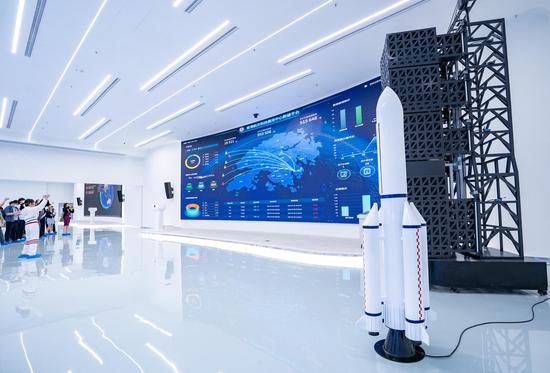
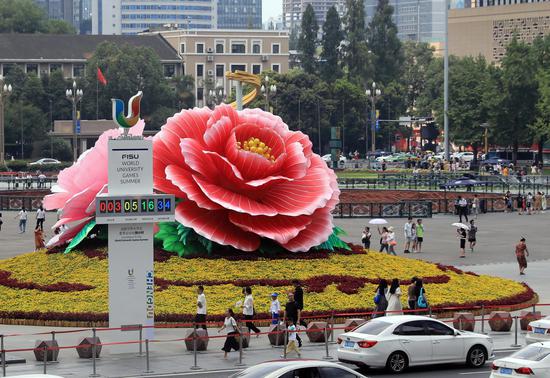
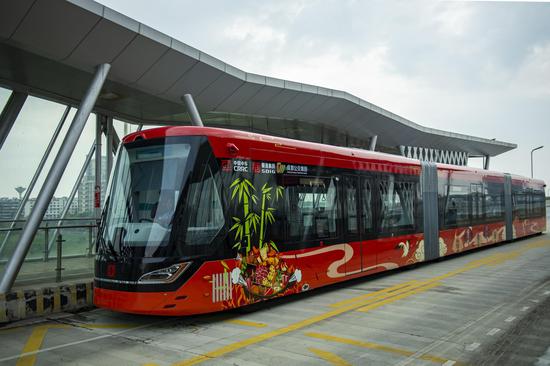
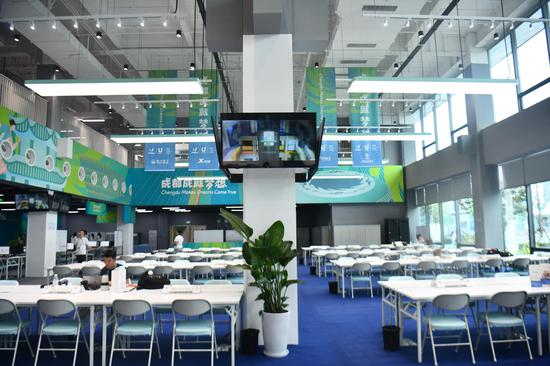

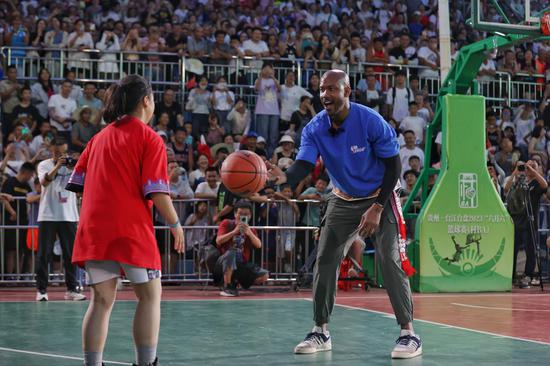
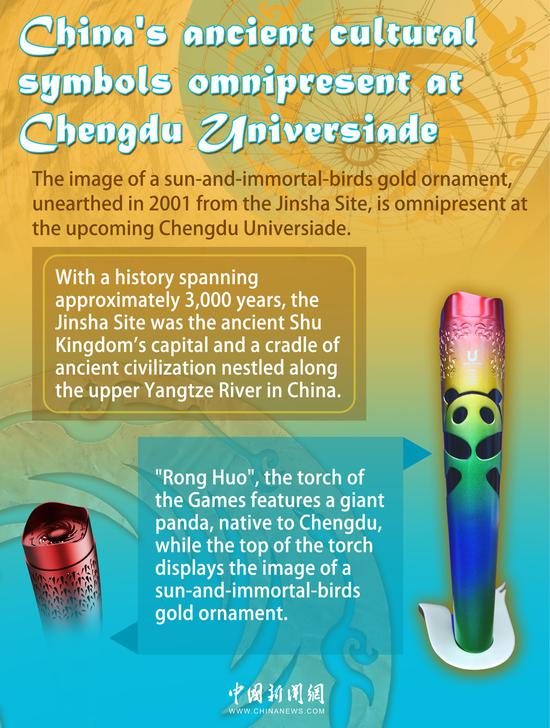
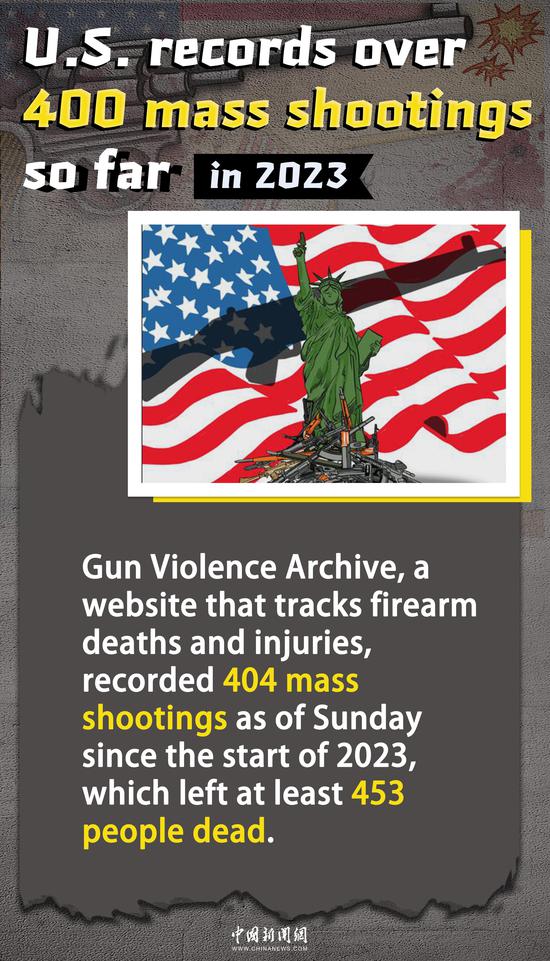
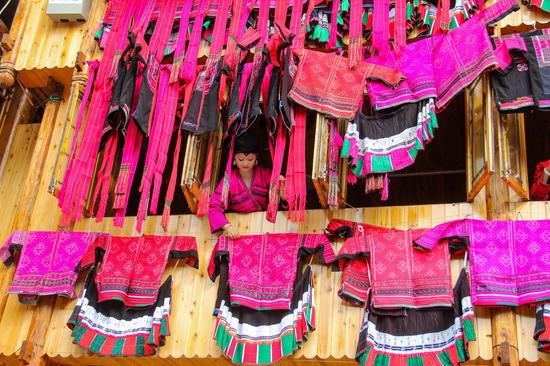

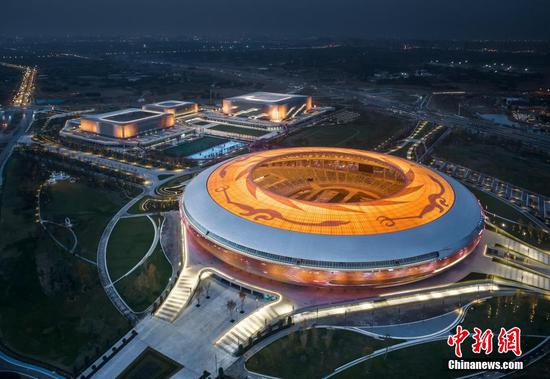
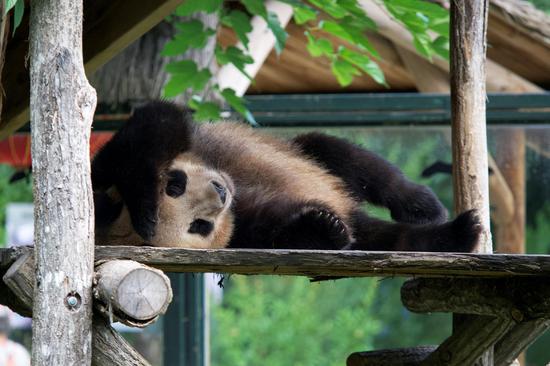

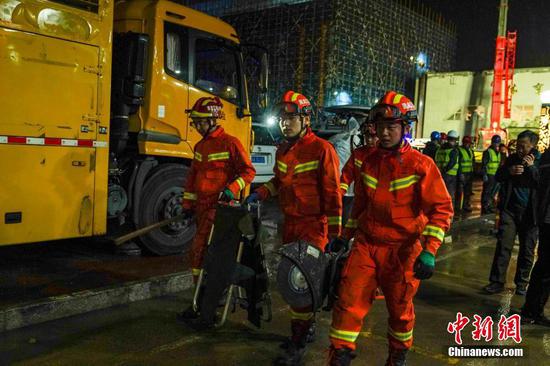


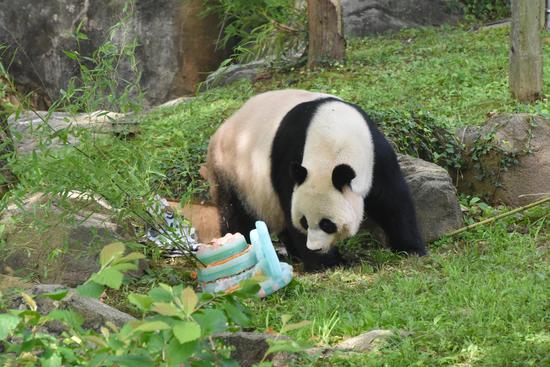

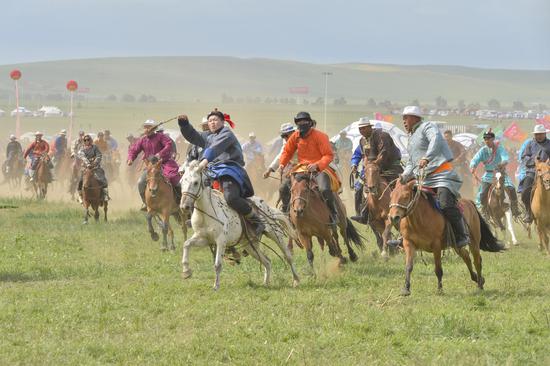
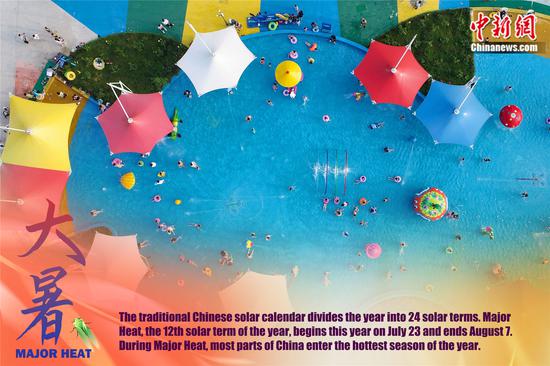

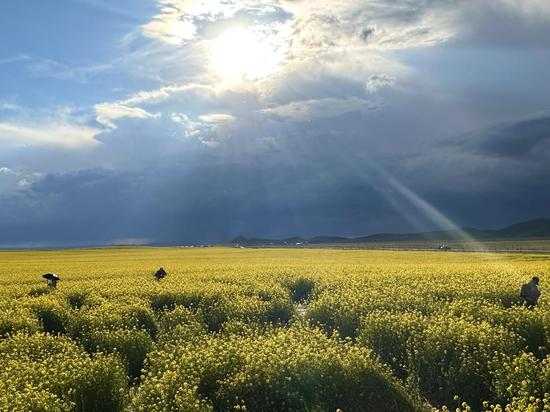

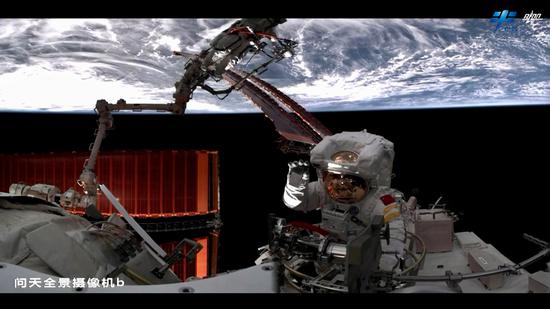
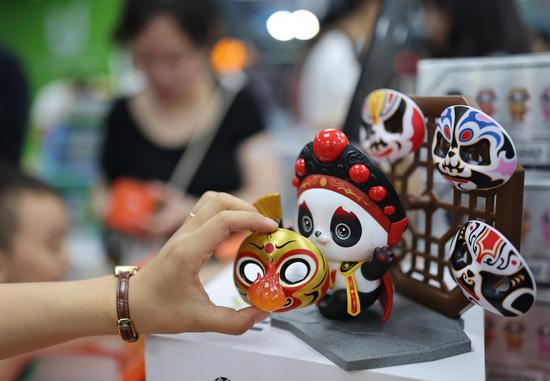
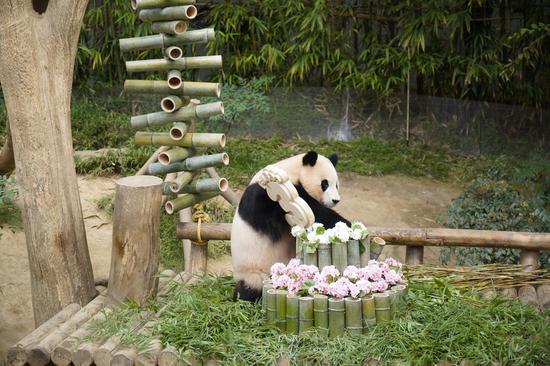
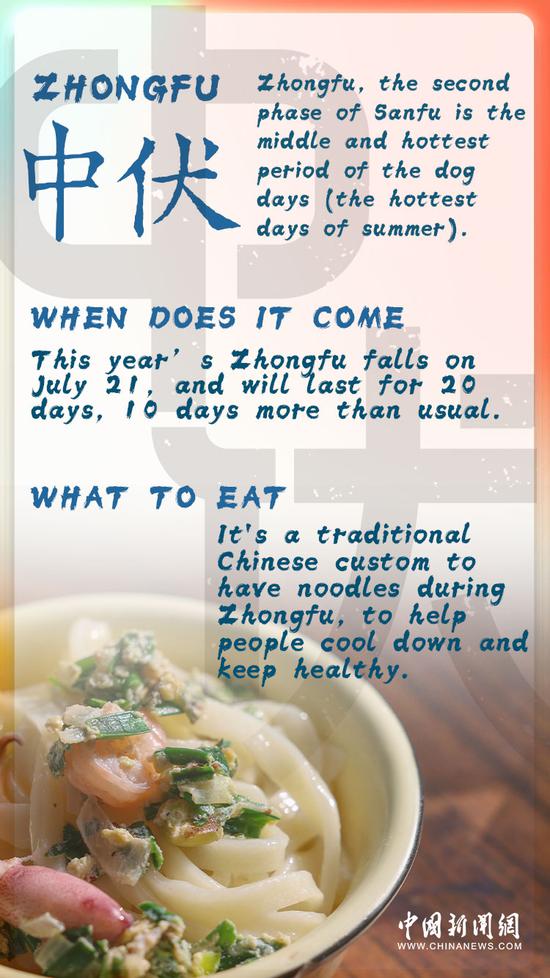
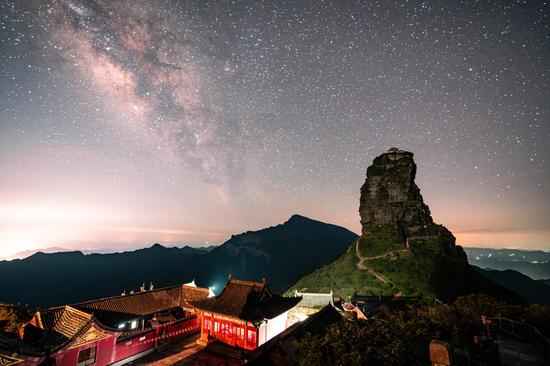
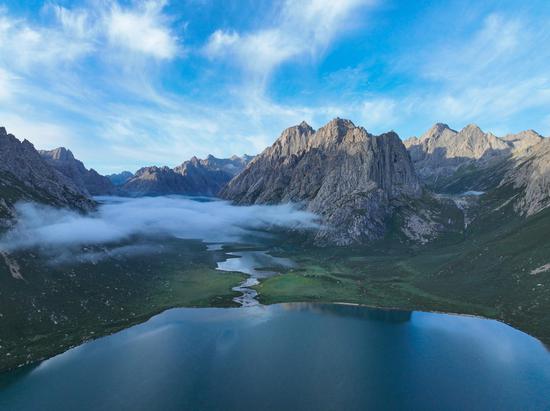
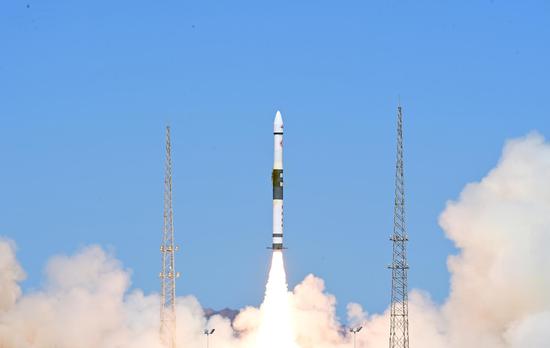
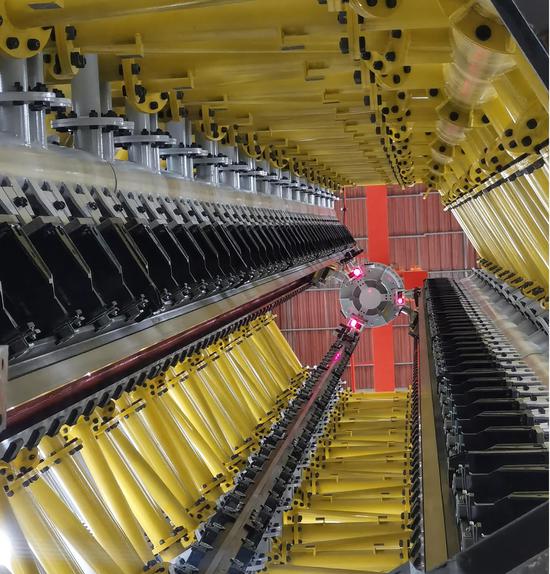

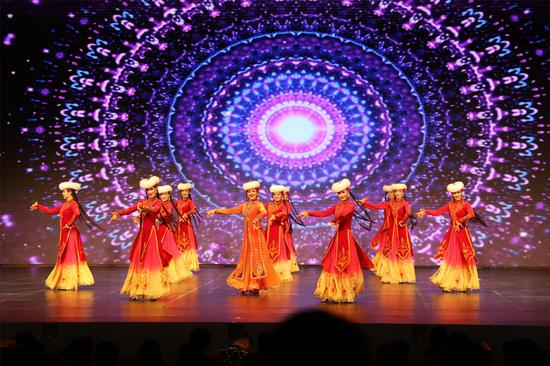

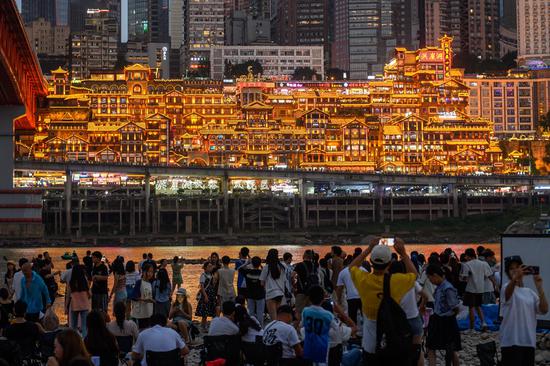
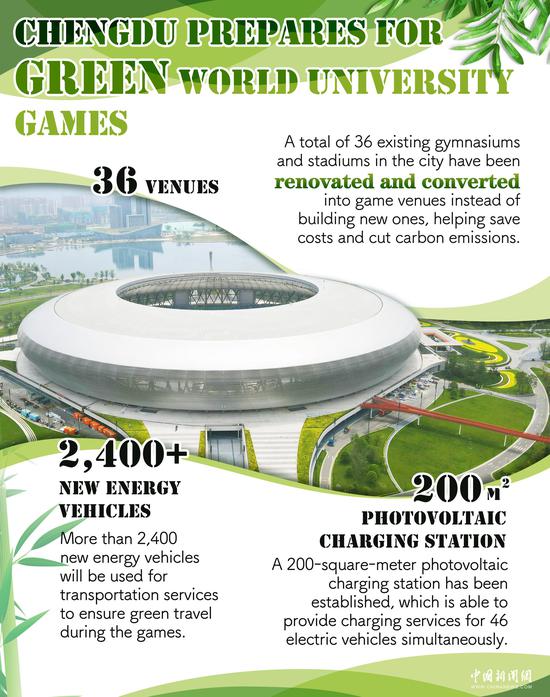


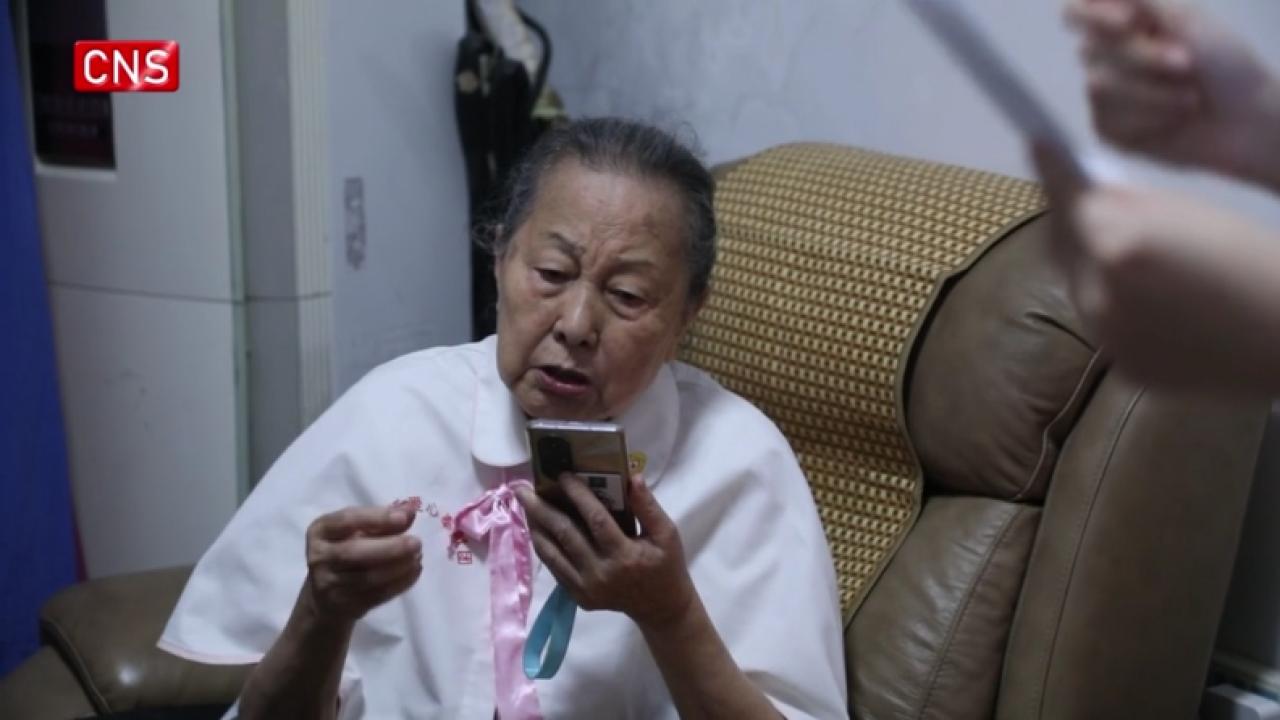

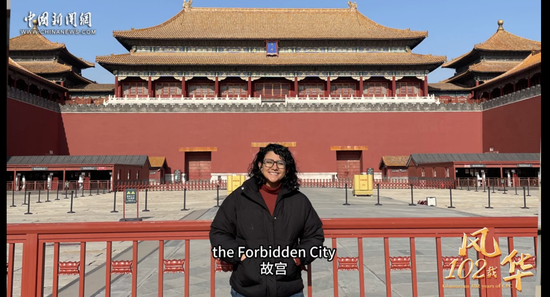

 京公网安备 11010202009201号
京公网安备 11010202009201号